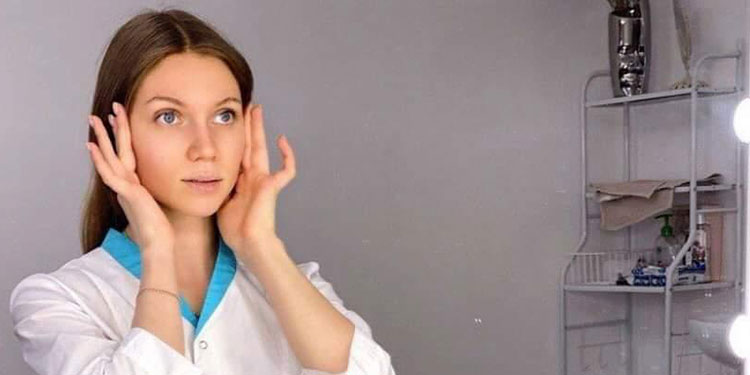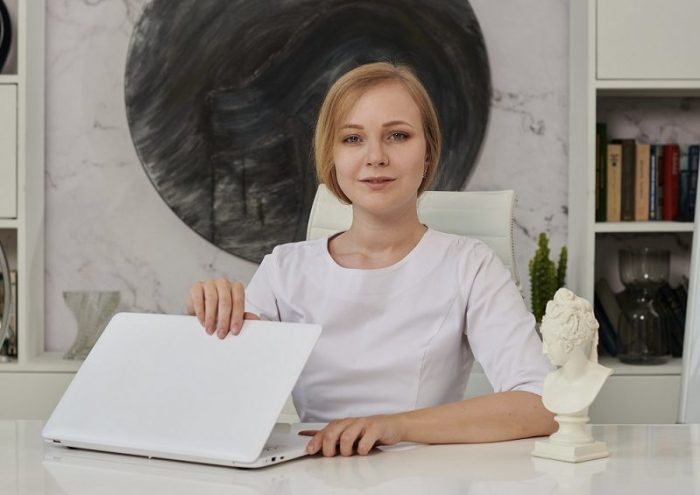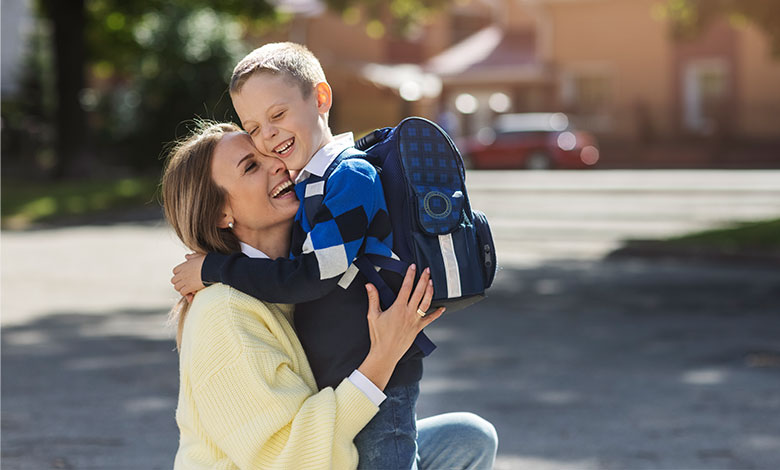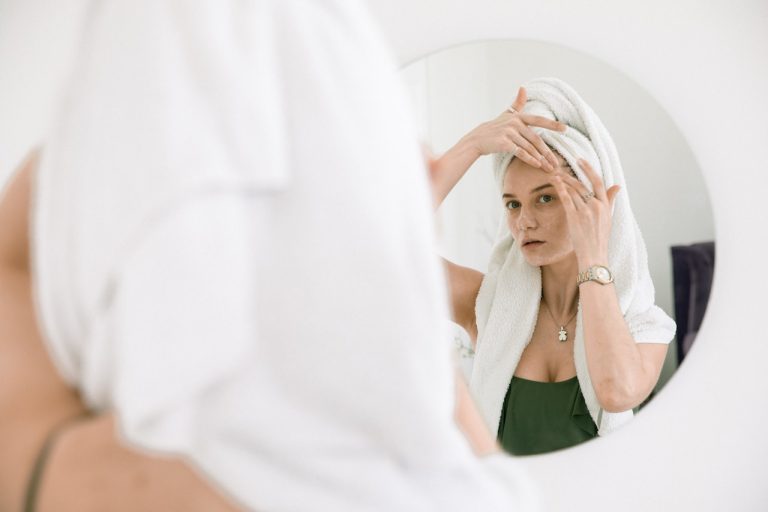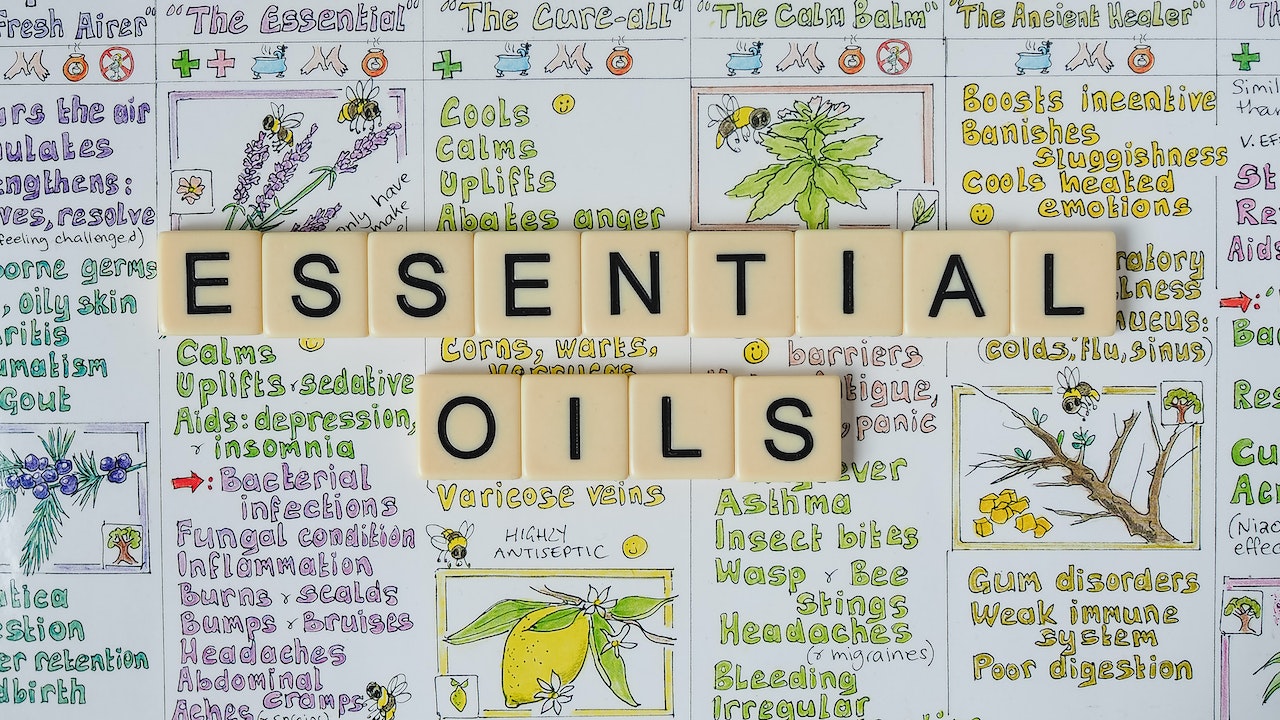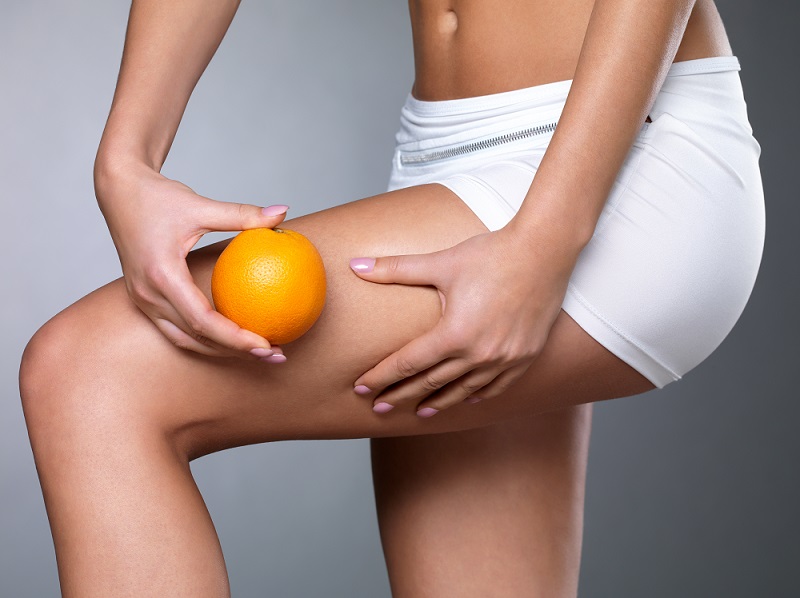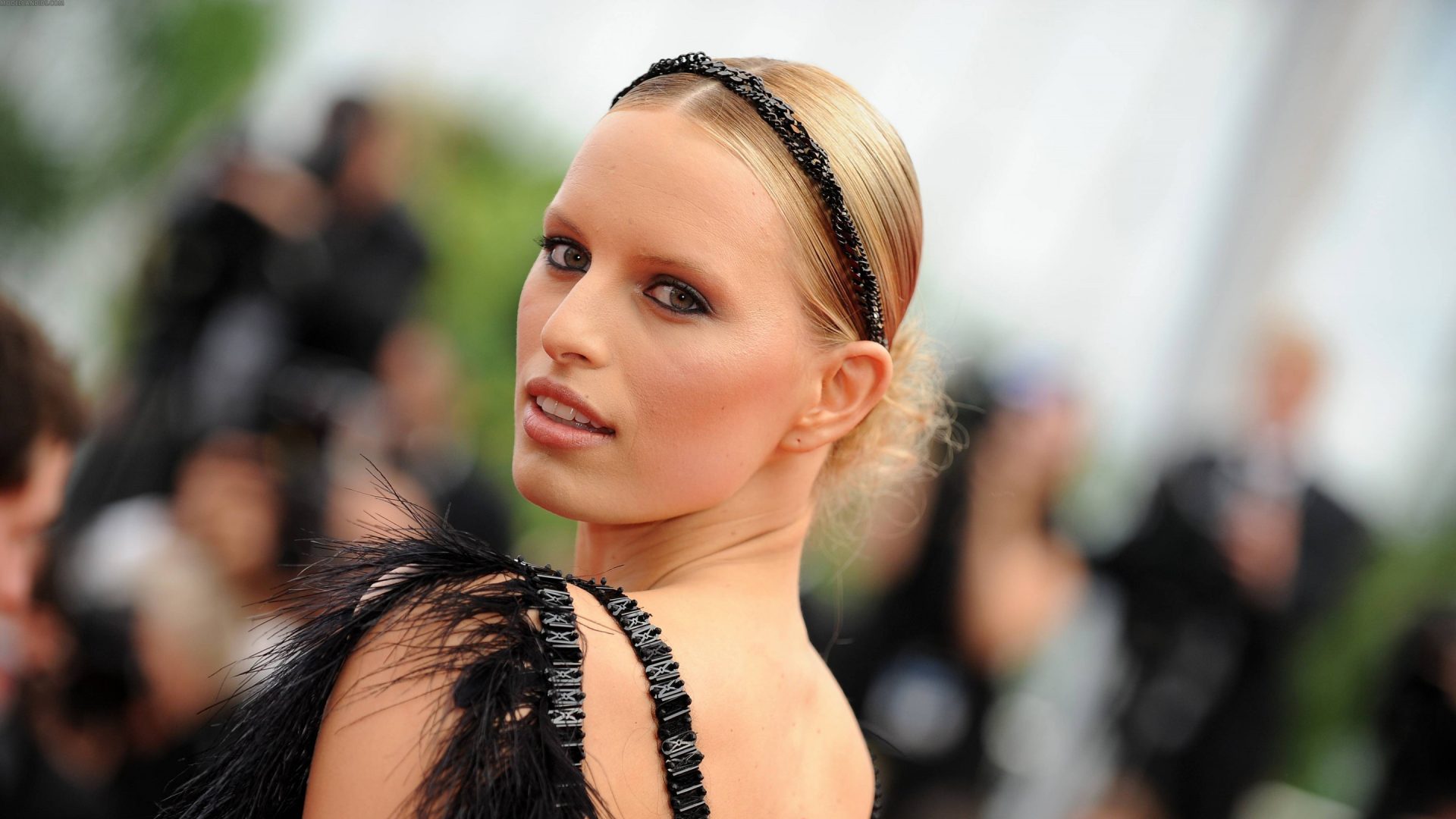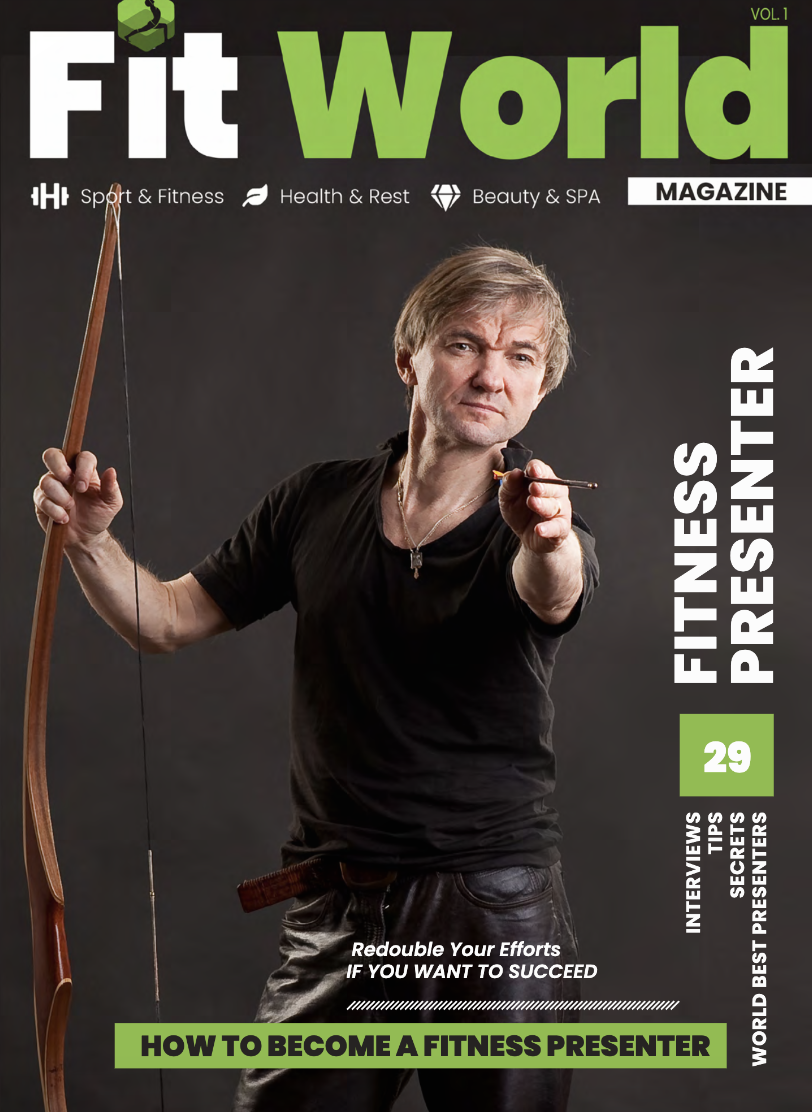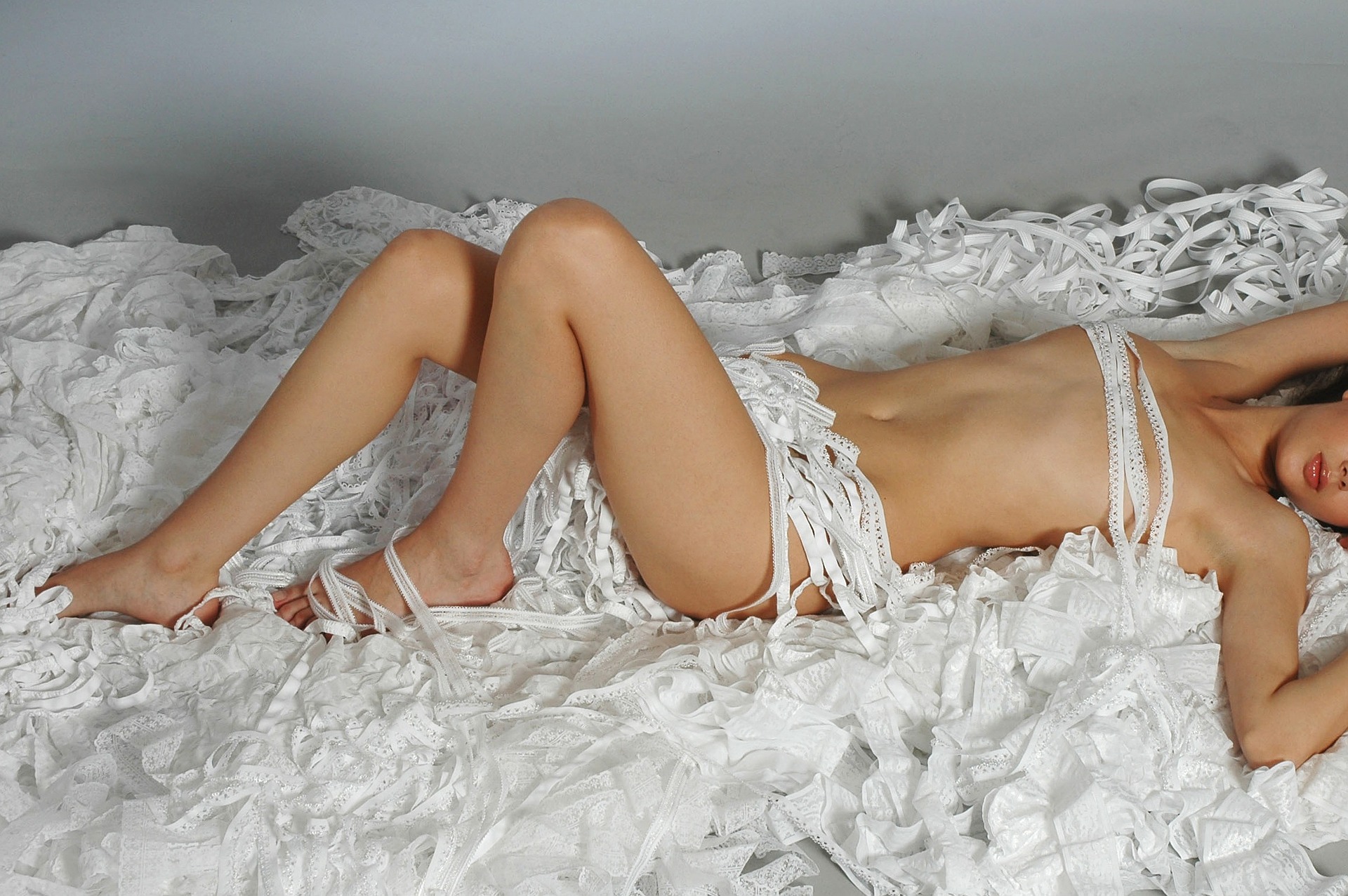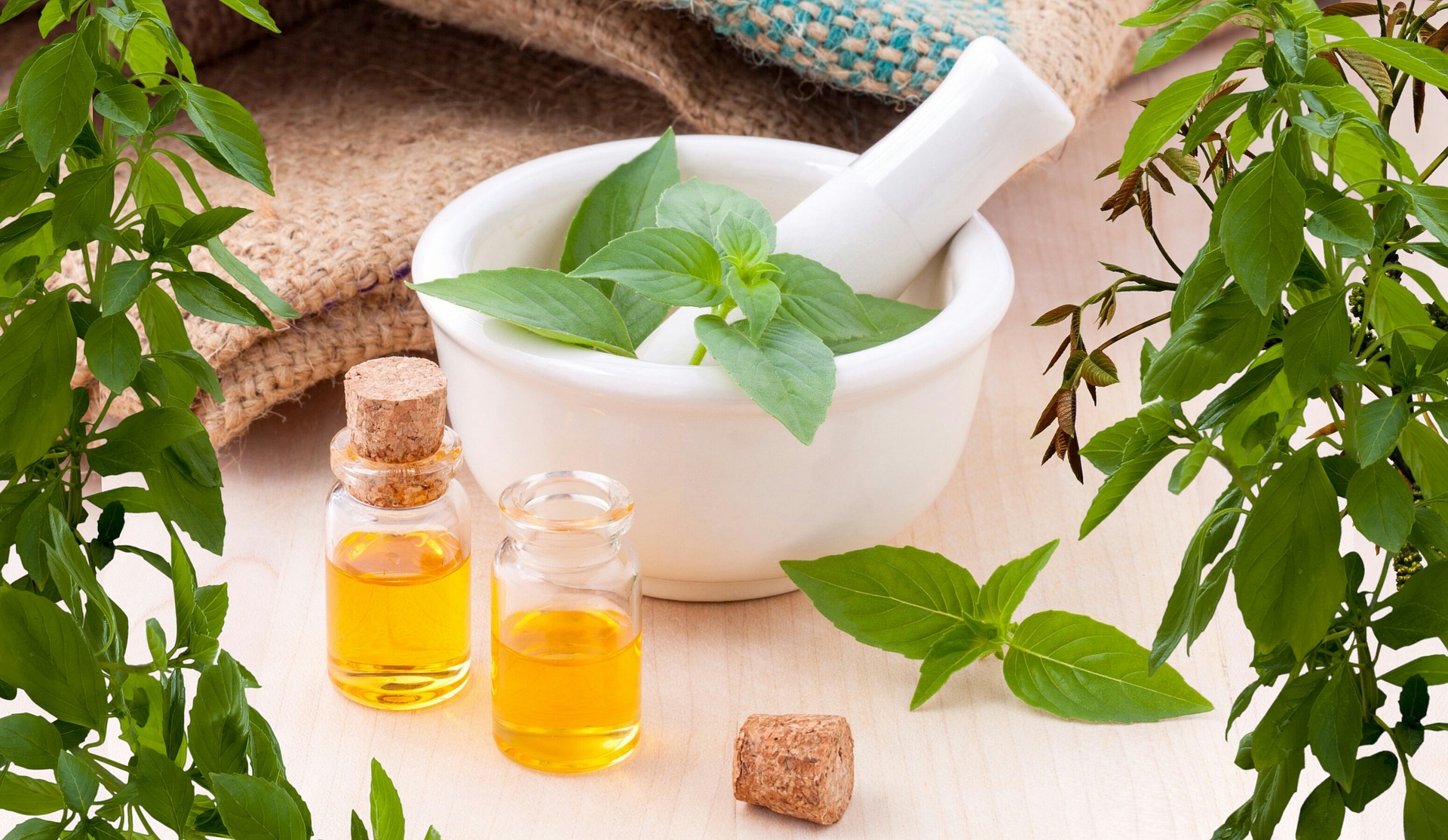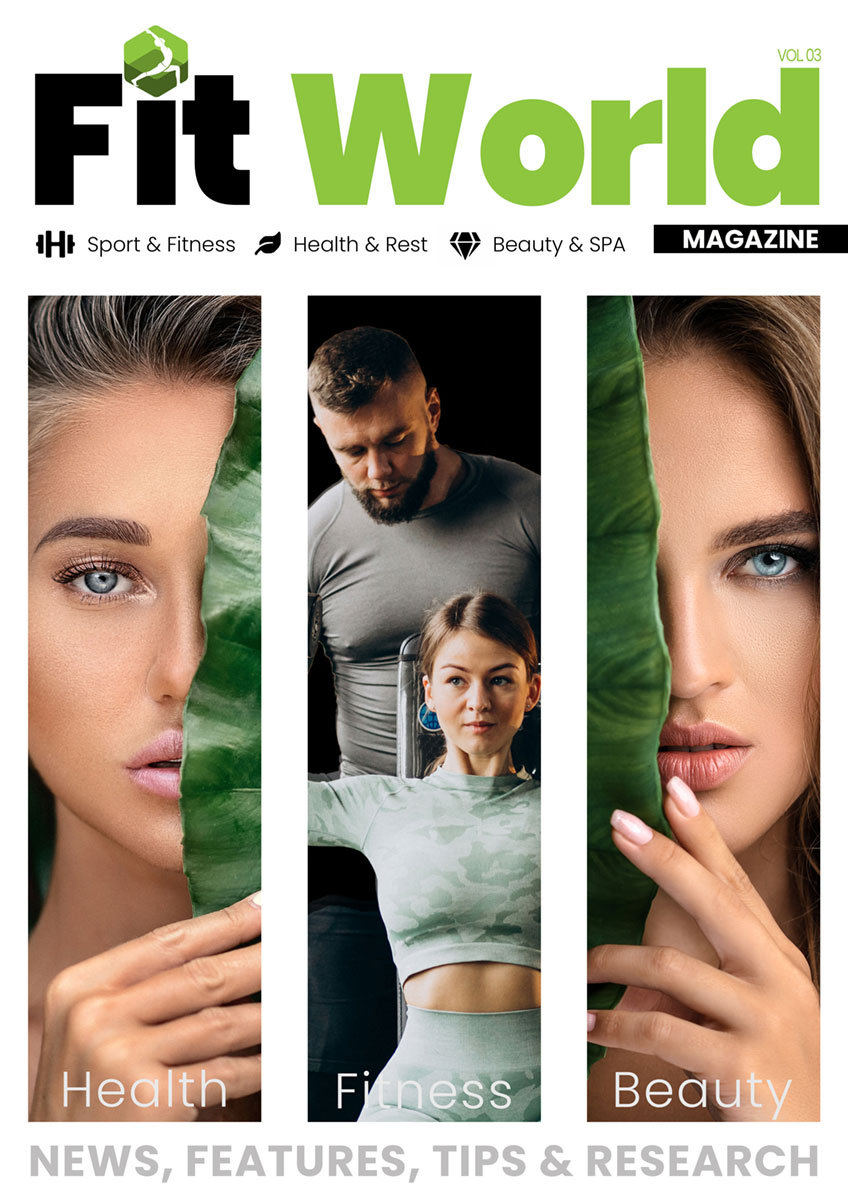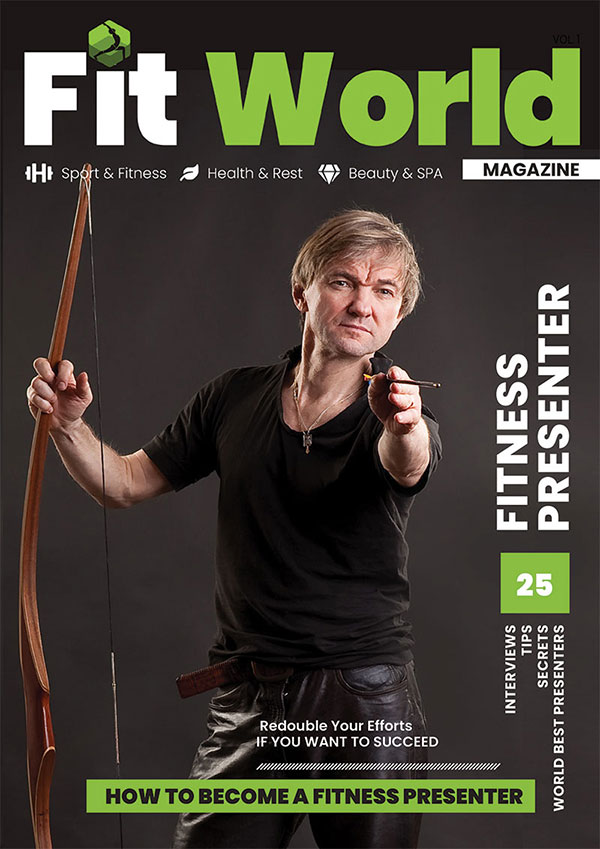YULIA CHUPRIKOVA
Facial gymnastics instructor for the state project “Moscow Longevity,” body language psychologist, and self-care coach.
Everyone is used to working out their abs, buttocks, and back. But did you also know that you can keep your facial muscles strong?
How do muscles influence facial aging?
In order to portray our emotions through our face expressions, facial muscles are intricately woven into the skin. Skin sags when muscles become less toned, whether as a result of aging or an unhealthy lifestyle. Being overweight is another factor that contributes to sagging skin because the muscles can’t handle the strain. The result is a drooping, unattractive face.
A worried face is among the most noticeable aging symptoms. It is caused by bad posture, body and facial strain, and manifests as sagging of the facial oval, nasolabial folds, deep creases, and some other signs. As a result, it is critical to concentrate on and develop the facial muscles.
How does facial gymnastics work?
Exercise that targets your facial muscles is similar to a cardio session. This enhances circulation and blood flow, evens out skin tone, cleans the face, corrects posture, and eases neck muscular strain. The same exercises for repetitive muscle contractions of the body are considered strength exercises. The suppleness of the muscle fibers increases as the cheekbones and lips develop, and the equilibrium of the muscles changes from hyper- and hypotonic to normal tone. Asymmetry vanishes.
The contrasts between exercises for the face and the body.
Face muscles have little mass, and the only weight is in the fingers. Simple, repetitive mimic actions make up the workouts. However, the challenge with these exercises is that because we have relied on habitual facial expressions with a small number of muscles throughout our lifetime, we may not have learnt to use various facial muscles. Finding and using the proper muscles requires time and patience. For example, you must initially exercise other muscles in order to train your cheekbones. However, after some time, your brain will begin to include both your cheekbones and the other muscles you want. With the justification that they are not good at it, many people abandon facial gymnastics at this point. Remember that it will take a few days and a good number of repetitions for you to feel and activate nearly all of the latent face muscles. Desire is the major factor.
Safety precautions
There is undoubtedly a method for dealing with safety. Many individuals disregard them, which leads to blunders and an increase in the number of wrinkles. Make sure to check yourself in the mirror while working out. As you are doing the exercises, look for wrinkles as well. If they appear, you should put your fingers there or alter your look to one that is more secure.
Maintaining your posture and body position is also important. Facial gymnastics’ guiding principle is “As the face looks throughout the exercise, so will it impact the face.”
Simple facial exercises
- Letter “O”
Technique: chin parallel to the floor, back straight, shoulders down. Stretch your cheeks out like strings while lowering your chin to resemble a “O” shape. Check your reflection to make sure you don’t have any unwelcome facial wrinkles or a second chin from putting your chin too near to your neck. If wrinkles have occurred, move your face into a better position or smooth out the wrinkles with your fingers. During the exercise, your face should appear as supple and flawless as you want it to. Hold for a full minute in the “O” position. This procedure has an impact on the lips, nasolabial fold, and facial oval.
- Upper eyelids and the letter “O”
Follow the directions for executing the exercise with the letter “O,” then look up without furrowing your brow, and blink vigorously to engage the upper eyelids. Overhanging the upper eyelids increases their tone. Do this for a minute.
- Letter “O” with a second chin
The following approach should be used to involve the second chin: follow the directions for exercise 1, or make it more challenging by combining everything and beginning from exercise 2’s starting point. Next, drag the tongue’s tip toward the upper palate, which is located behind the teeth. Position the tongue properly. The tongue extends to the upper palate in the final exercise when you say “O,” look up, and blink. The sublingual muscles, which are in charge of our double chin and diction, are activated by this technique. Perform the exercise for one minute.
The results will show up more quickly the more frequently you workout your face. This is the finest approach to keep your face looking young.
READ MORE... Oxygenotherapy 9 habits that prematurely age the skin How to get rid of a second chin at home?


